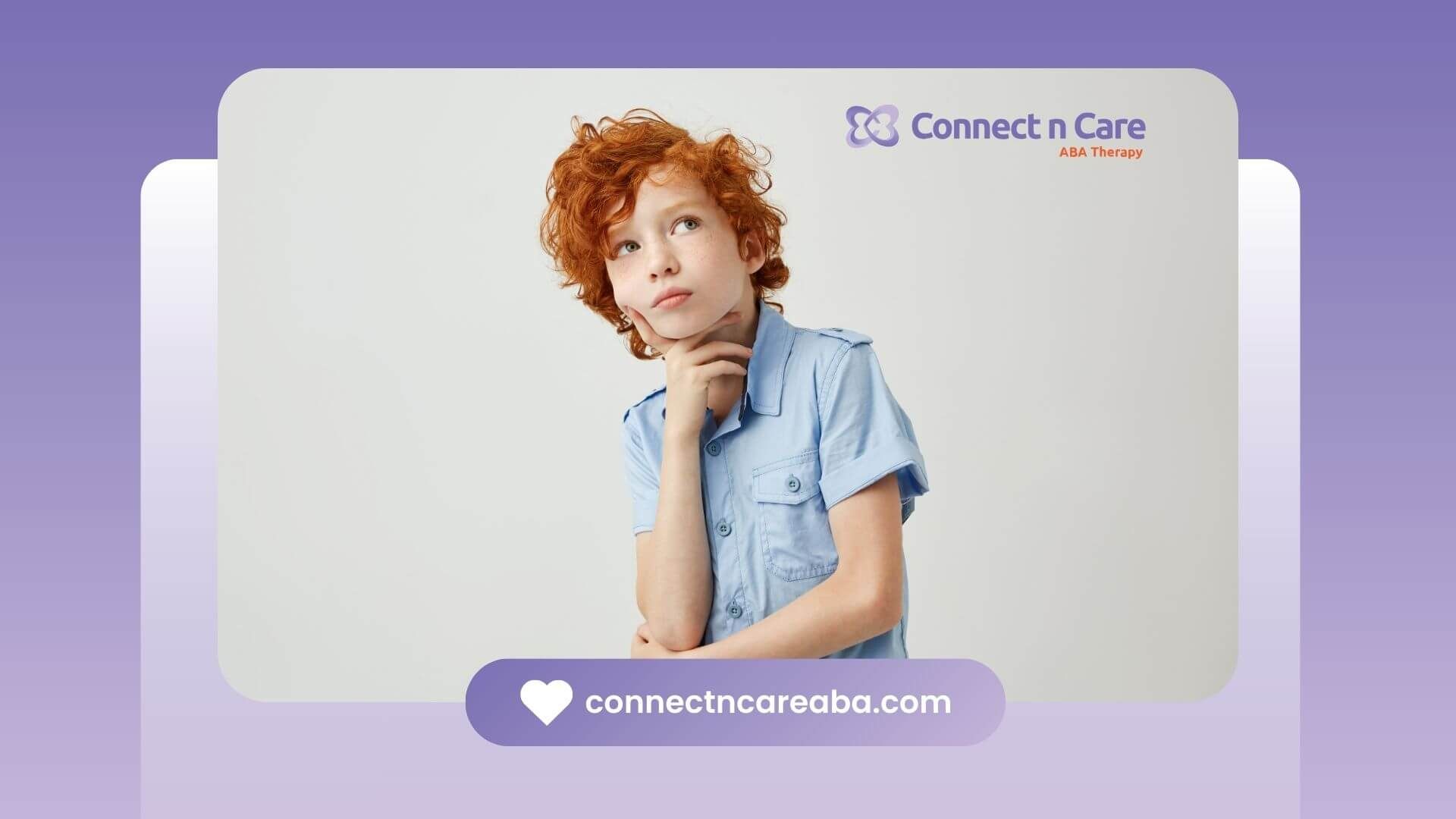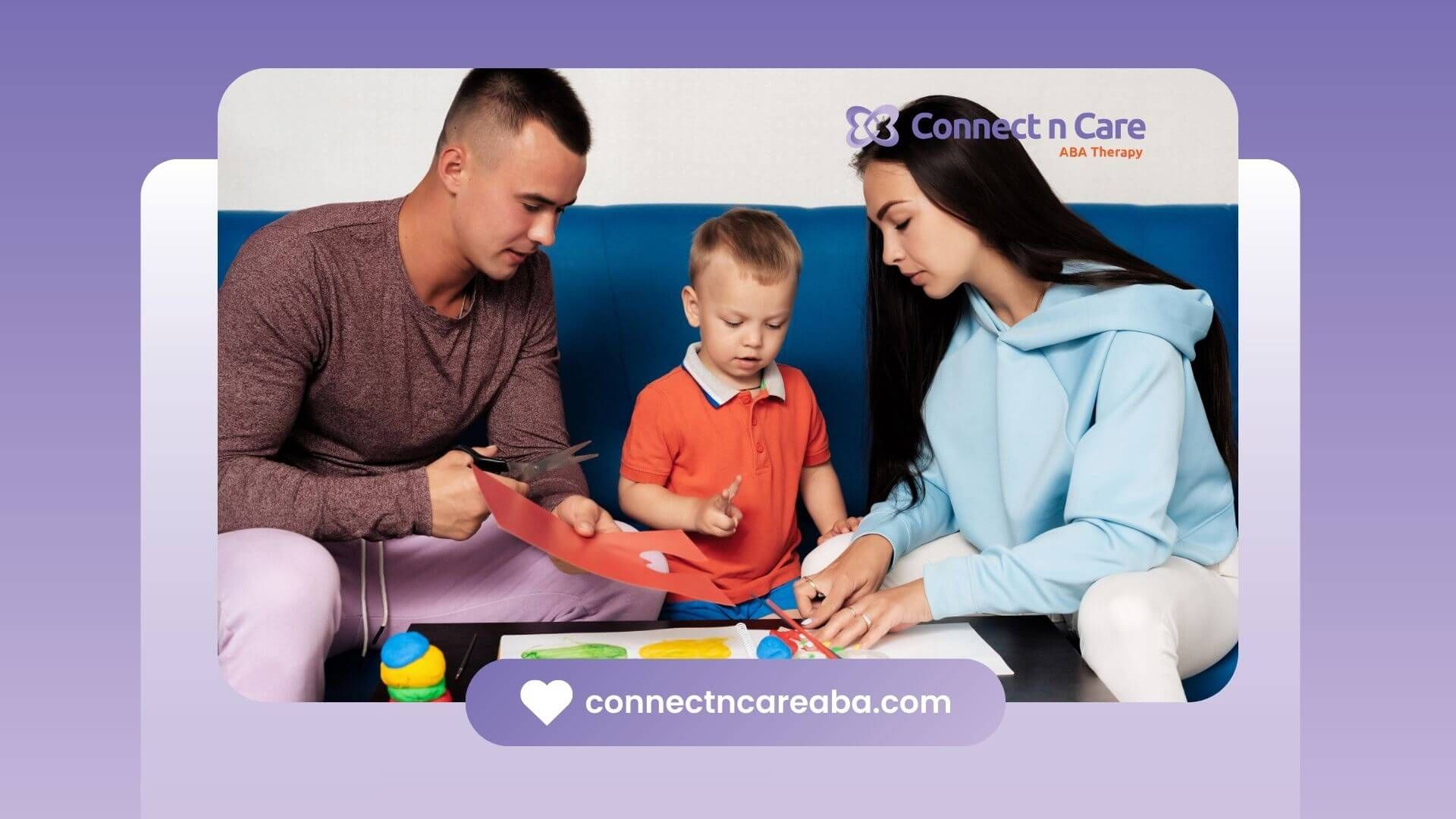Echolalia is the repetition of words or phrases, and it’s a common behavior in individuals with autism. Instead of creating original responses, a child may repeat what they’ve just heard or recall phrases from the past. This isn’t meaningless—it can actually be a way to process language, communicate needs, or self-soothe.
If a parent says, “Do you want some juice?” the child might respond by repeating, “Do you want some juice?” instead of answering “yes” or “no.” This is called immediate echolalia because the repetition happens right away.
Another example is delayed echolalia. A child might repeat a line from a favorite TV show like, “It’s time for an adventure!” when they are excited, even if it doesn’t fit the situation directly.
Why Echolalia Matters
While it may seem unusual, echolalia is often a stepping stone to more functional communication. With support, children can learn to build on these repeated phrases and develop more natural language skills.
Looking for support?
At Connect n Care ABA, we provide compassionate ABA therapy in North Carolina to help children strengthen communication, reduce frustration, and build independence.
Contact us today to learn how our ABA services can support your child’s growth.
SOURCES:
https://my.clevelandclinic.org/health/symptoms/echolalia
https://www.expressable.com/learning-center/autism/what-is-echolalia-and-how-can-you-help-your-child
https://www.autismparentingmagazine.com/echolalia-autism-child/
https://autismawarenesscentre.com/understanding-echolalia-in-autism-spectrum-disorders/
https://www.webmd.com/parenting/what-is-echolalia









